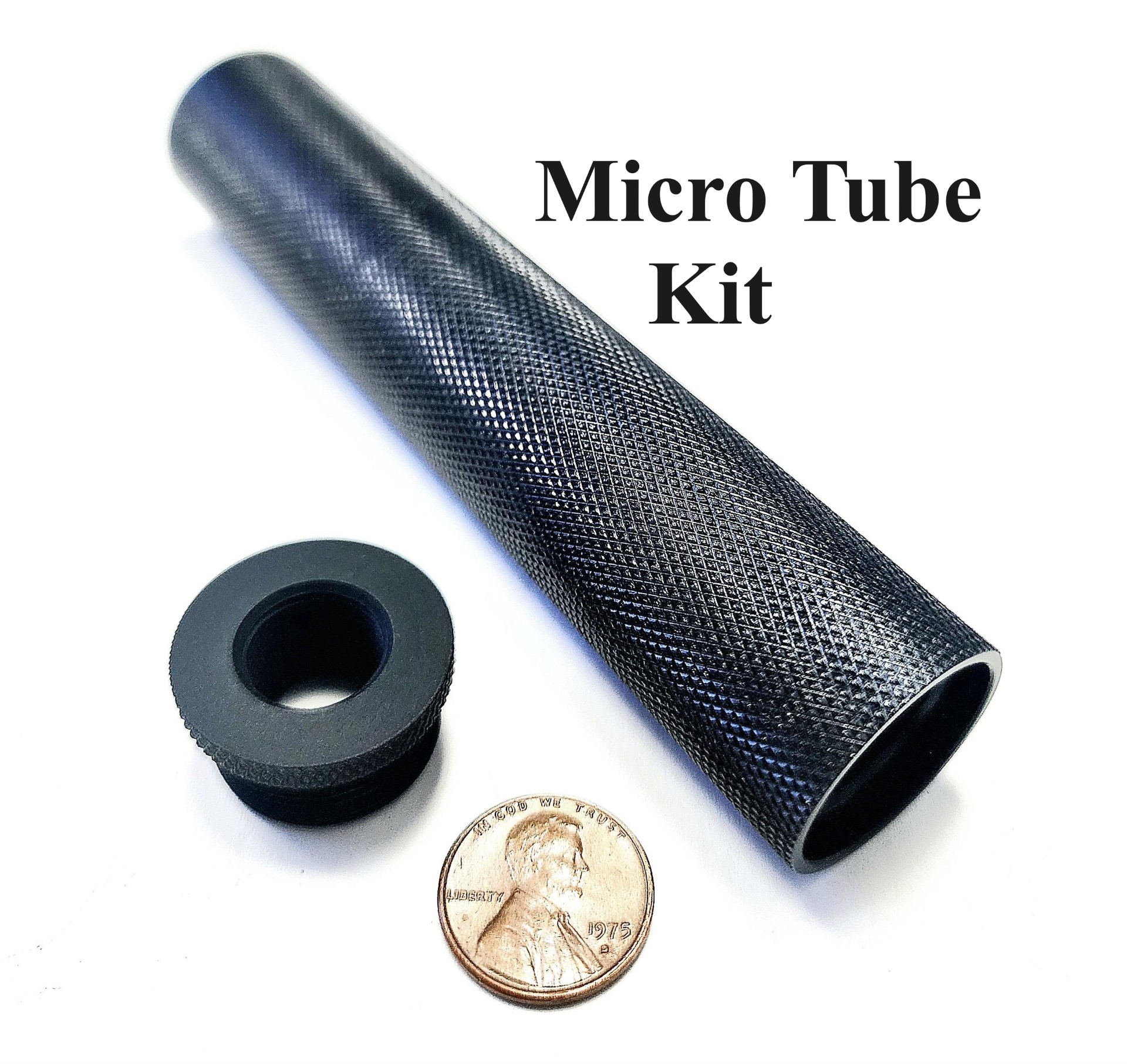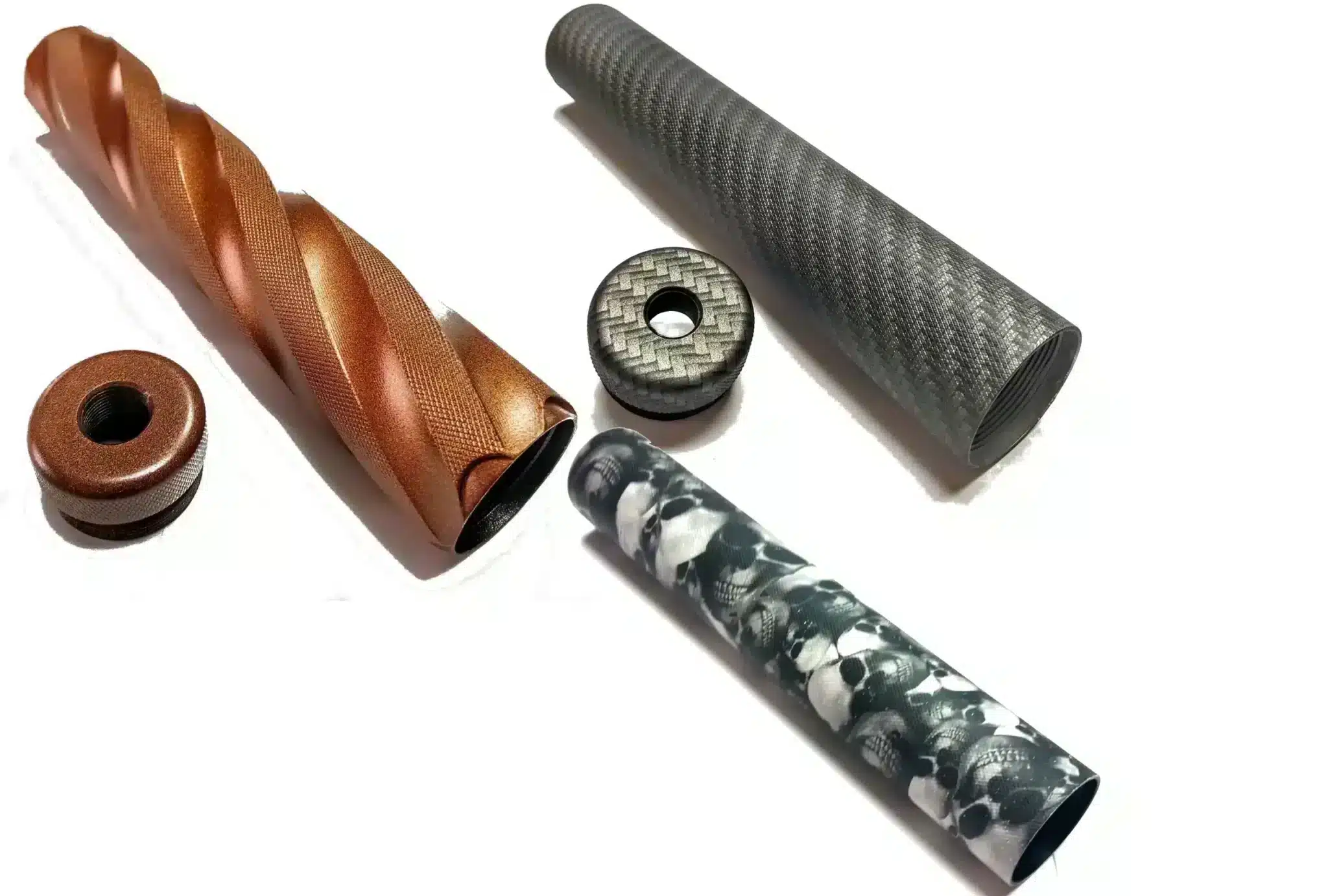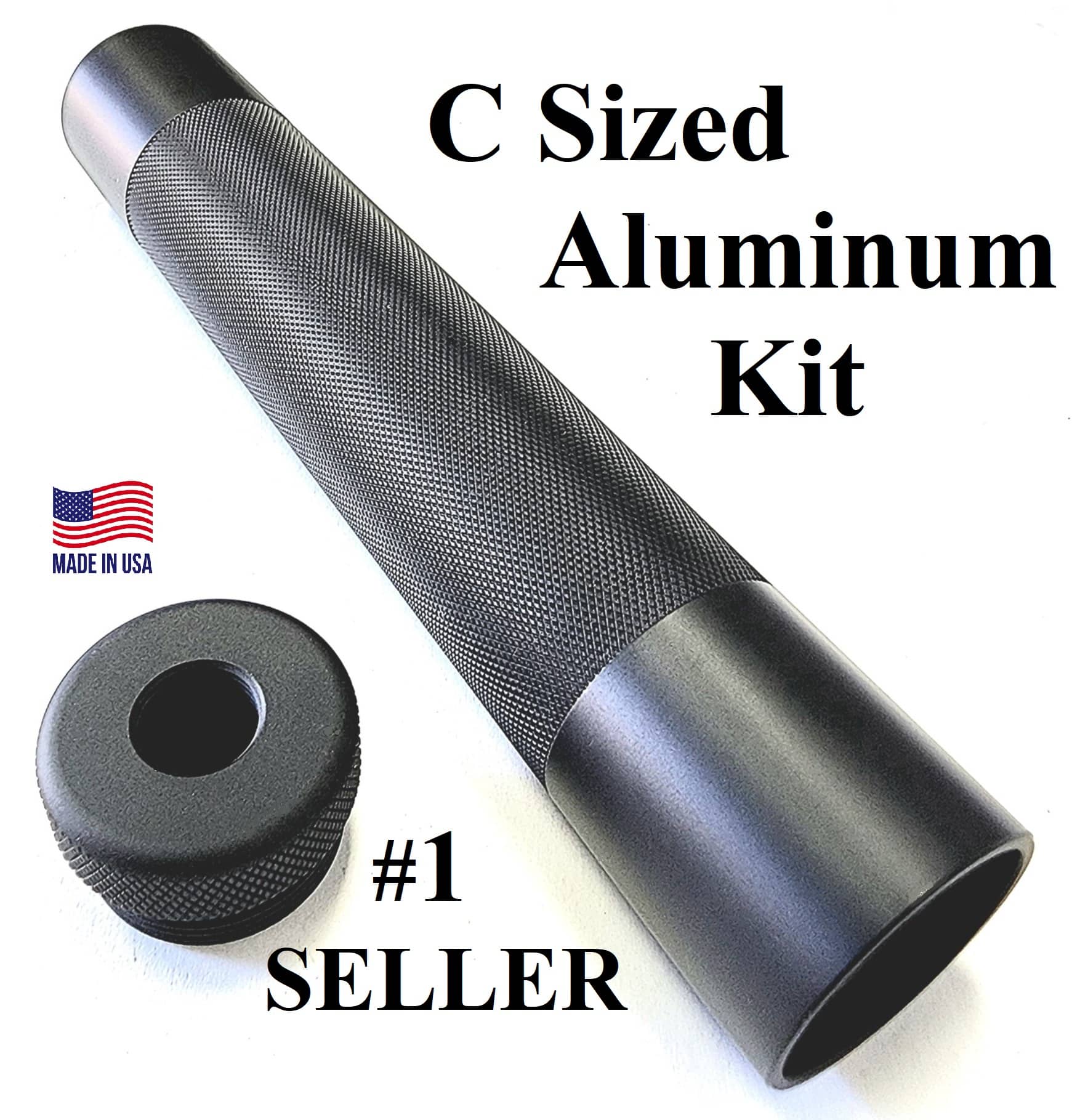Why Maintenance Matters
Solvent traps are an essential tool for firearm maintenance, and just like any tool, they require proper care to function at their best. Regular maintenance not only extends the life of your solvent traps but also ensures that they continue to perform efficiently. Neglecting maintenance can lead to issues such as clogged passages, corrosion, and reduced effectiveness, all of which can compromise the cleaning process.

Cleaning Your Solvent Trap
One of the most important aspects of maintaining a solvent trap is regular cleaning. After each use, it’s crucial to disassemble the trap and thoroughly clean each component. Here’s a step-by-step guide to cleaning your solvent trap:
- Disassemble the solvent trap by unscrewing each section.
- Rinse each part with a suitable cleaning solution to remove any trapped solvents or debris.
- Use a brush to scrub any stubborn residue, paying special attention to the threads and inner surfaces.
- Dry each part completely before reassembling the solvent trap to prevent moisture buildup, which can lead to corrosion.
- Inspect each component for signs of wear or damage, and replace any parts that show excessive wear.

Storing Your Solvent Trap
Proper storage is another key aspect of maintaining your solvent trap. When not in use, store your solvent trap in a cool, dry place to prevent corrosion and other forms of degradation. Here are some tips for storing your solvent trap:
- Keep your solvent trap in a protective case to prevent dust and debris from accumulating.
- Store the trap in a vertical position to avoid any residual solvents from settling in the lower sections.
- If possible, store the solvent trap in a controlled environment where temperature and humidity are regulated.
- Apply a light coat of lubricant to the threads before storing to prevent rust and ensure smooth reassembly.

Common Mistakes to Avoid
While maintaining and storing solvent traps is relatively straightforward, there are a few common mistakes that can lead to problems down the line. Here are some pitfalls to avoid:
- **Skipping Cleaning**: Failing to clean your solvent trap after each use can lead to clogged passages and reduced efficiency.
- **Using Harsh Chemicals**: Avoid using overly harsh cleaning chemicals that can corrode or damage the solvent trap’s material.
- **Improper Storage**: Storing your solvent trap in a damp or humid environment can lead to corrosion and rust.
- **Overtightening**: When reassembling your solvent trap, avoid overtightening the threads, as this can strip the threads or cause damage.

Maximizing the Lifespan of Your Solvent Trap
By following these best practices for maintenance and storage, you can maximize the lifespan of your solvent traps and ensure that they continue to perform at their best. Whether you’re using a basic aluminum solvent trap or a high-tech model with advanced features, proper care is key to getting the most out of your investment.

